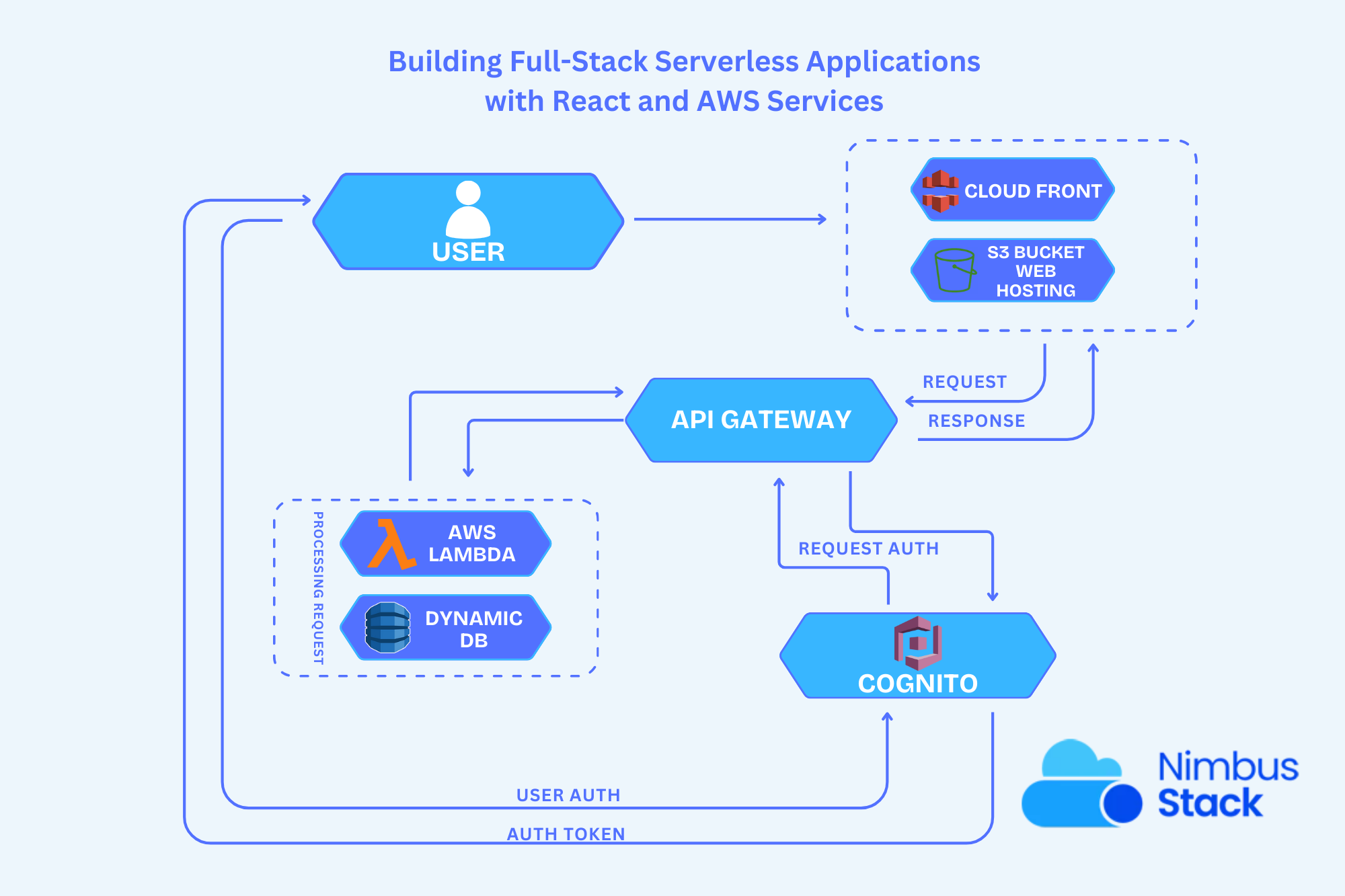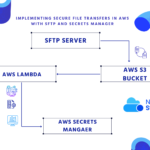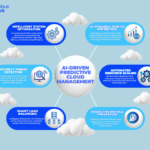Full-stack serverless applications are revolutionizing how developers build and deploy modern software. By combining a lightweight frontend framework like React with powerful AWS backend services, developers can create scalable, cost-effective applications without the burden of managing infrastructure.
In this blog, we’ll explore how to develop a full-stack serverless application using React for the frontend and AWS services for the backend. From architecture design to deployment strategies, we’ll cover everything you need to know to get started.
Why Choose a Full-Stack Serverless Approach?
1. Scalability
Serverless architectures automatically scale to handle varying workloads, making them ideal for applications with unpredictable traffic patterns.
2. Cost Efficiency
With serverless, you pay only for what you use, eliminating the cost of idle infrastructure.
3. Accelerated Development
AWS services provide pre-built functionality, allowing developers to focus on application features rather than infrastructure management.
4. Seamless Integration
React’s flexibility pairs well with AWS’s broad service ecosystem, enabling seamless integration between frontend and backend.
Core Technologies
Frontend: React
React is a popular JavaScript library for building dynamic user interfaces. Its component-based architecture simplifies frontend development.
Backend: AWS Services
- API Gateway for creating RESTful APIs.
- AWS Lambda for executing backend logic.
- Amazon DynamoDB for a NoSQL database solution.
- Amazon S3 for static file hosting.
- Amazon Cognito for user authentication.
Architecture Overview
- Frontend: A React application hosted on Amazon S3 and served via Amazon CloudFront for low-latency global delivery.
- Backend API: AWS API Gateway routes requests to Lambda functions for business logic.
- Database: DynamoDB stores and retrieves data with low-latency access.
- Authentication: Amazon Cognito manages user sign-ups, logins, and permissions.
- Deployment: AWS Amplify or CI/CD pipelines streamline deployment.
Step-by-Step Guide to Building a Full-Stack Serverless Application
Step 1: Set Up the React Frontend
Initialize the Project:npx create-react-app serverless-app
cd serverless-app
- Install Dependencies:
Add AWS Amplify for easier integration with AWS services.npm install aws-amplify aws-amplify-react
- Configure AWS Amplify:
In your React app, configure AWS Amplify with your backend resources.import Amplify from 'aws-amplify';
import awsconfig from './aws-exports';
Amplify.configure(awsconfig);
- Build the UI: Use React components to design your frontend, connecting forms and views to interact with the backend.
Step 2: Create Backend APIs
- Define API Gateway Endpoints:
Use AWS API Gateway to create RESTful endpoints for CRUD operations.
Implement Lambda Functions:
Write Lambda functions for handling requests. For example:exports.handler = async (event) => {
const response = {
statusCode: 200,
body: JSON.stringify('Hello from Lambda!'),
};
return response;
};
- Connect API Gateway to Lambda:
Link API Gateway endpoints to the appropriate Lambda functions.
Step 3: Integrate with DynamoDB
- Create a DynamoDB Table:
Define a table (e.g.,TasksTable) with a partition key.
Access DynamoDB from Lambda:
Use the AWS SDK to interact with DynamoDB.const AWS = require('aws-sdk');
const dynamo = new AWS.DynamoDB.DocumentClient();
exports.handler = async (event) => {
const params = {
TableName: 'TasksTable',
Key: { id: event.id },
};
const data = await dynamo.get(params).promise();
return { statusCode: 200, body: JSON.stringify(data) };
};
Step 4: Implement User Authentication
- Set Up Amazon Cognito:
- Create a Cognito User Pool for user sign-ups and logins.
- Configure an Identity Pool for temporary AWS credentials.
Integrate with Amplify:
Update aws-exports.js with Cognito details and use Amplify’s authentication components:import { withAuthenticator } from 'aws-amplify-react';
export default withAuthenticator(App);
Step 5: Host and Deploy the Application
- Host the Frontend on S3:
Build the React app:
bash
Copy code
npm run build
- Upload the build files to an S3 bucket configured for static website hosting.
- Distribute with CloudFront:
Use CloudFront to cache and deliver the static files globally. - Automate Deployment:
Use AWS Amplify or a CI/CD pipeline (e.g., GitHub Actions) for continuous deployment.
Best Practices for Full-Stack Serverless Applications
- Optimize Lambda Functions:
- Minimize cold starts by choosing lightweight runtimes like Node.js or Python.
- Use environment variables for configuration.
- Secure Your APIs:
- Enable authentication and authorization with Cognito.
- Use API Gateway throttling to prevent abuse.
- Monitor and Debug:
- Use AWS CloudWatch to monitor Lambda invocations and API Gateway logs.
- Enable X-Ray for tracing requests across services.
- Optimize Costs:
- Right-size Lambda memory and execution time.
- Use CloudFront caching to reduce backend API calls.
- Test Extensively:
- Write unit tests for Lambda functions.
- Use tools like Postman to test API endpoints.
Real-World Use Case: Task Management App
Imagine building a task management app where users can:
- Create tasks: React frontend interacts with API Gateway and Lambda to save tasks in DynamoDB.
- View tasks: The frontend fetches tasks from the database via the backend.
- User authentication: Cognito manages user login and permissions.
- Global hosting: S3 and CloudFront ensure fast delivery of the app worldwide.
Conclusion
Developing full-stack serverless applications with React and AWS services offers scalability, flexibility, and efficiency. By leveraging AWS’s powerful ecosystem and React’s dynamic UI capabilities, you can build applications that are not only performant but also cost-effective and easy to maintain.



